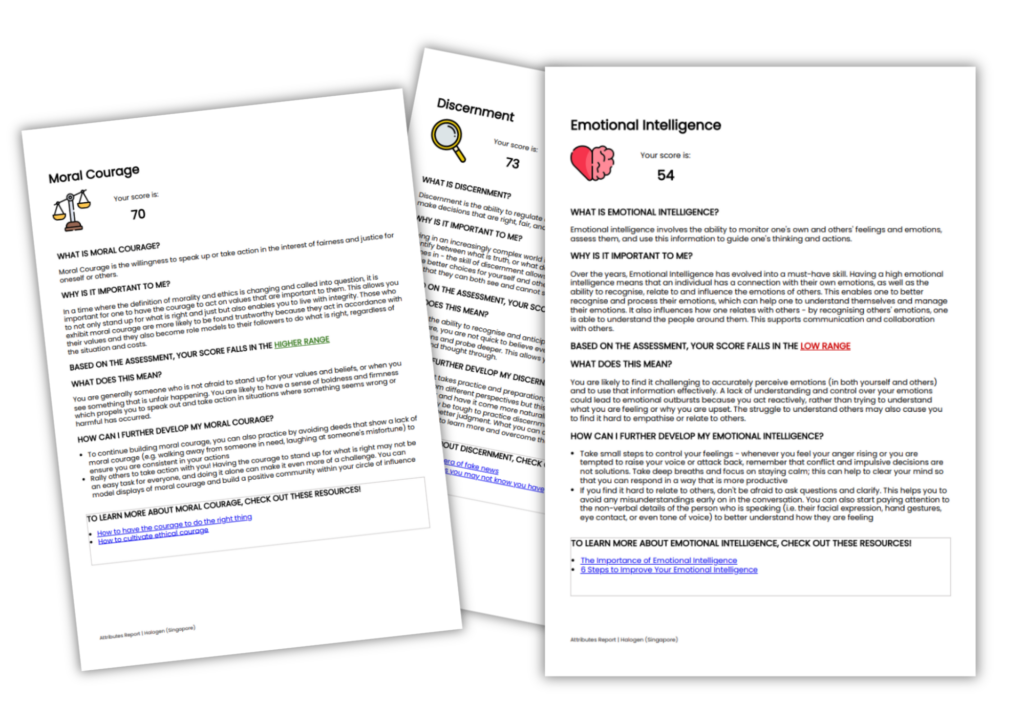As marketers, we try to get inside the heads of our audience. By collecting and analyzing marketing data, we’re actually trying to understand the behavior of our visitors and customers. Our daily marketing functions rely on this data because it allows us to optimize our strategies. It is only when we know what our audience wants that we can live up to their expectations.
But the process of collecting, analyzing, interpreting, and presenting marketing data is far from effortless. That’s why when we create content, many of us are inclined to take the easy way out by recycling data that has been published by other websites. All too rarely do we question the validity of this secondary marketing data or spend enough time on the background check. A keyword database is the most effective way to get information about every single keyword: from basic Google Ads metrics to augmented benchmarks, and more for paid and organic search marketing campaigns.
Online surveys offer an ideal chance to ask your audience directly and gather your own primary data. With this data, you can both leverage new insights about your audience and create powerful content that helps you establish authority and earn organic mentions and backlinks.
In this article, I will cover effective content and SEO techniques that involve the use of online surveys. With this data-driven content, you will attract more traffic and build brand recognition.
1. Earn social shares, mentions, and backlinks by collecting unique data
If you work with content, you’re familiar with the process of looking for statistics or other references to back up your claims. Making statements without the relevant data lacks authority and reduces the value of your content.
Outbound links from your website to other relevant sites are good for verifying facts, backing up sources, and pointing to useful resources. While they can add relevance, improve your reputation, and increase value for your readers, having those other websites link to your content is far more useful for ranking purposes.
By using surveys to collect customer data, you’re in possession of valuable industry research. Your primary data is a highly linkable asset that can generate shares, mentions, and backlinks from other websites and help you rank higher in the SERP. These are also ideal for establishing authority which is one of the E-A-T factors.
The channel where you publish your data matters, and so does the format. You might have heard that videos and infographics are more shareable than text-based content. This is not surprising, given that we are much faster to process visual information. To check how your material has shared and how many websites have mentioned it, choose an accurate backlinking software such as SE Ranking.
2. Understand your audience better and optimize for search intent
We have seen the shift in Google’s PageRank from simple keywords more towards search intent. Related to the rise of zero-click searches and answering user’s questions, the desire to match search results with users’ search intent has an impact on ranking.
To identify the intent behind search queries that involve your targeted keywords, you can take a look at your search query data in Search Console and then analyze the content of the top results for those same queries. Another technique that can reveal the connection between your keywords and what users actually want to see is to ask people directly.

Analytics data can help you understand users’ behavior on your website and how they engage with your brand. And since this data is usually scattered around on different platforms, you may want to use automation tools that pull all of your data and metrics into place like Google Data Studio. But that still doesn’t let you get inside their heads.
Online surveys can offer you insights into the expectations and motivation of your audience. Once you have gathered this information, it’s easier to construct the titles and topics of your content around these pain points. And make sure that your content matches the search intent of your audience.
This way, your survey results not only help you with ranking through links and mentions but also lead you to relevant topics that your audience cares about.
3. Optimize for zero-click searches with survey data
In a zero-click search, Google answers your search query directly at the top of the page so that you don’t have to click anything. These include knowledge graphs, instant answers, and featured snippets like the one you see below:

With these snippets, you can occupy more SERP real estate and build your authority. Users find their search intent satisfied immediately, and you become the go-to website for that particular search query.
With the data that you collect from your online surveys, you can present answers to users’ questions, which will be displayed at the top of the search results. Ask questions that people are interested in and provide answers that satisfy their search intent.
The appeal of survey data lies in the fact that you’re not just recycling secondary data from other websites. And once other websites start to refer to your research, your content becomes more desirable for both users and Google.
Here are some easy techniques that you can use to optimize for zero clicks searches:
- Use keyword tools and consumer insight solutions such as Answer the Public to better understand what people search for and take notice of the “People Also Ask” box. Formulate your survey questions based on these queries and provide answers.
- Try to include survey data that answers as many closely related questions as possible in your content and organize them under subheadings accordingly.
- Answer boxes are usually between 40 and 60 words, which means that concise answers are strongly favored. Because your focus is on data-driven questions and answers, keeping them to the point shouldn’t be an issue.
- Use long-tail keywords, if possible. Answer boxes are more likely to be triggered by long-tail keyword queries, most frequently 3–5 keyword queries. And take into account that the average search volume for these queries is less than 1,000.
- Add images that catch the eye and complement your data-driven answers.
4. Increase engagement and drive more website traffic
When you release your online survey to the public, you need to have the right promotional strategy in place to extract the maximum value from your research. First, decide what sample you’re after and then spread the word through suitable channels, whether it’s your blog, social media, email newsletter, paid ads, or all of them together.
Try to tell a story through your data. Stories are what make your content memorable. Instead of only numbers and data points, telling a story means that you explain to your audience what the numbers mean and why they are relevant. When you invest the time in creating detailed content with insights from the survey, it leads to more engagement.
Make a list of all the potential assets that you can create from your research. But have one main piece of content, for example, an article or infographic, that you use as a cornerstone for the research and where all internal and external links can point to.
By wrapping your survey results around a story, you have a valuable, linkable asset that engages people and drives your website traffic by its relevance and unique insights.
5. Use surveys for brand building and improving your CTR
Even if the click-through rate (CTR) doesn’t affect ranking directly but only through personalized search based on previous queries, its impact on traffic and conversion cannot be overestimated. And branding has a key role in increasing CTR.
Unlike traditional CTR statistics might claim, ranking first for an unbranded search query doesn’t guarantee that you get 30% of the clicks. Users are more likely to click a familiar website, even if it ranks lower. This is why you need an effective branding strategy. Strong brands not only drive most of the sales but they also dominate first page results.
But what is the role of surveys in branding? Well, survey results are good for PR. Bloggers and other content producers are attracted to numbers and charts and often try to include them in their stories. When you survey people, you also get reviews and testimonials from the participants, which is social proof and helps you establish trust.

Keep in mind that for reviews and testimonials you have to use open questions and ask for permission from your survey participants to use their quotes.
In conclusion
In a competitive marketplace, the primary data that you collect from surveys is a valuable asset that can boost your on- and off-page SEO and content marketing efforts and help you establish a strong brand.
When conducting your online survey, be sure to have a statistically significant sample size. With the right sample size, you can gain insights into both your customers and overall target market. As a traditional market research method, surveys have stood the test of time and remain a relevant tool for truly understanding your audience and optimizing your marketing strategy.





